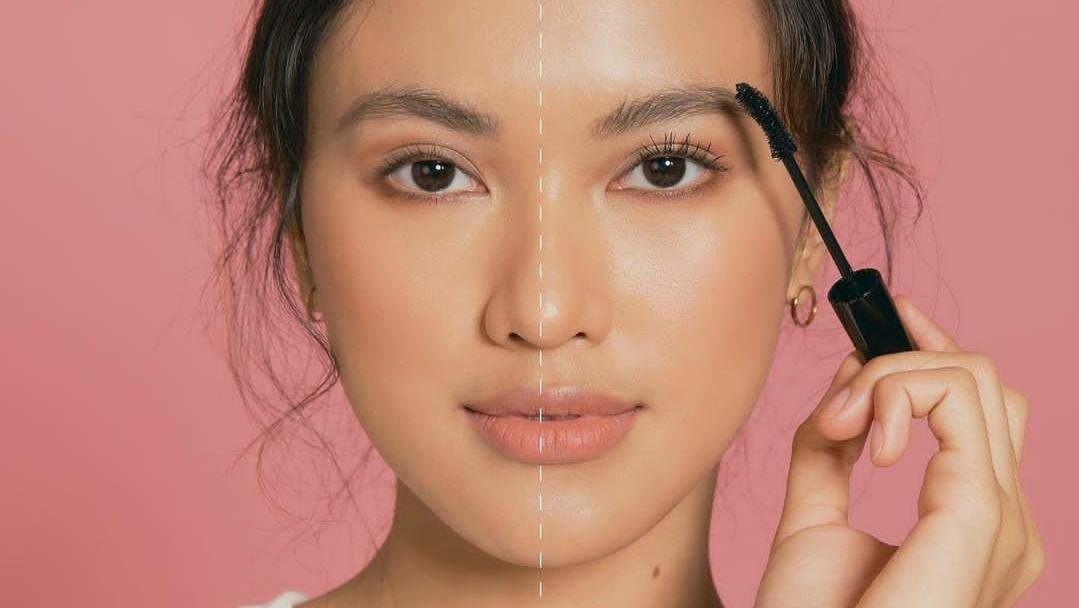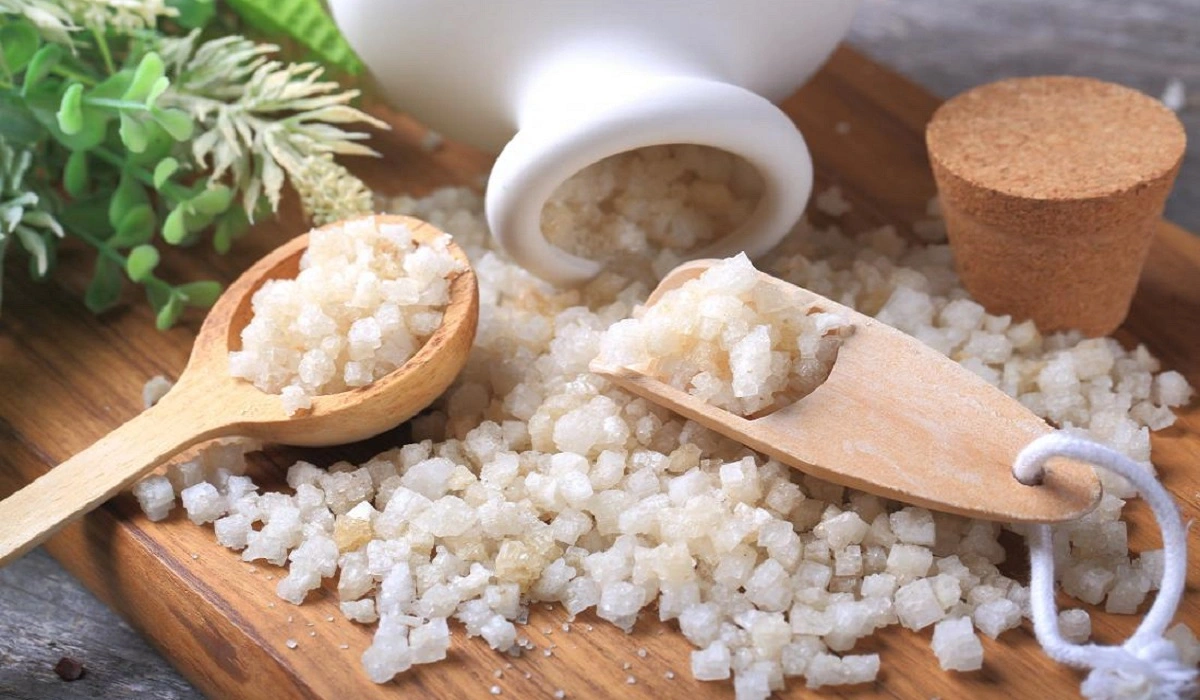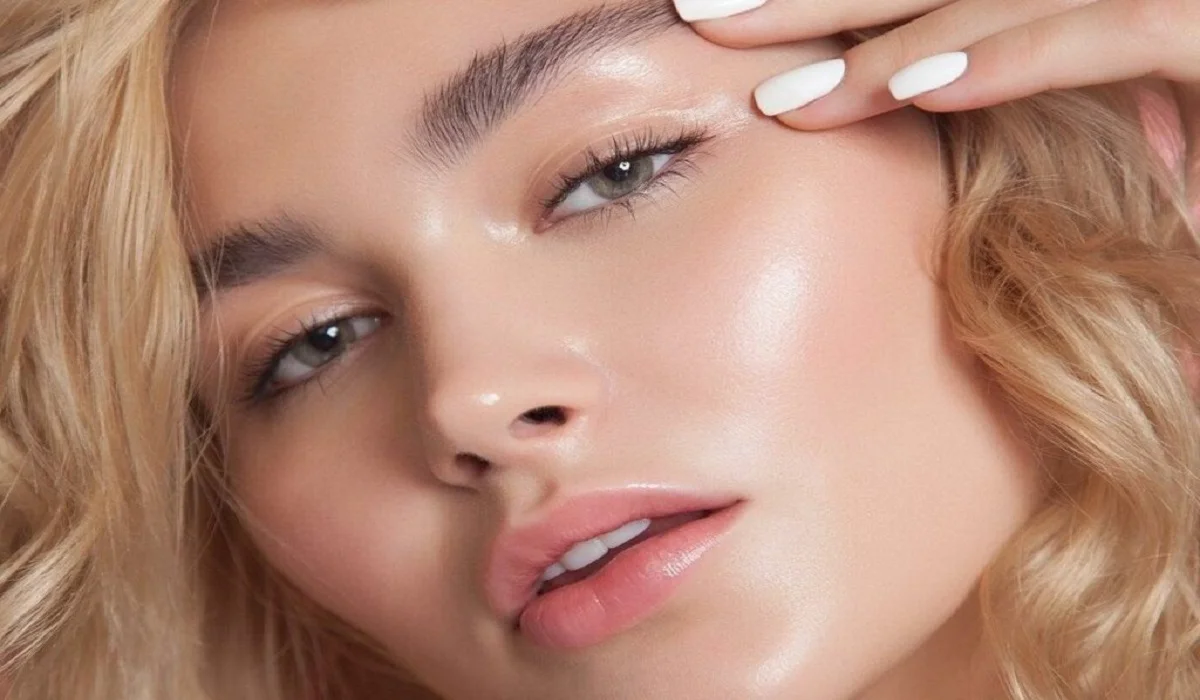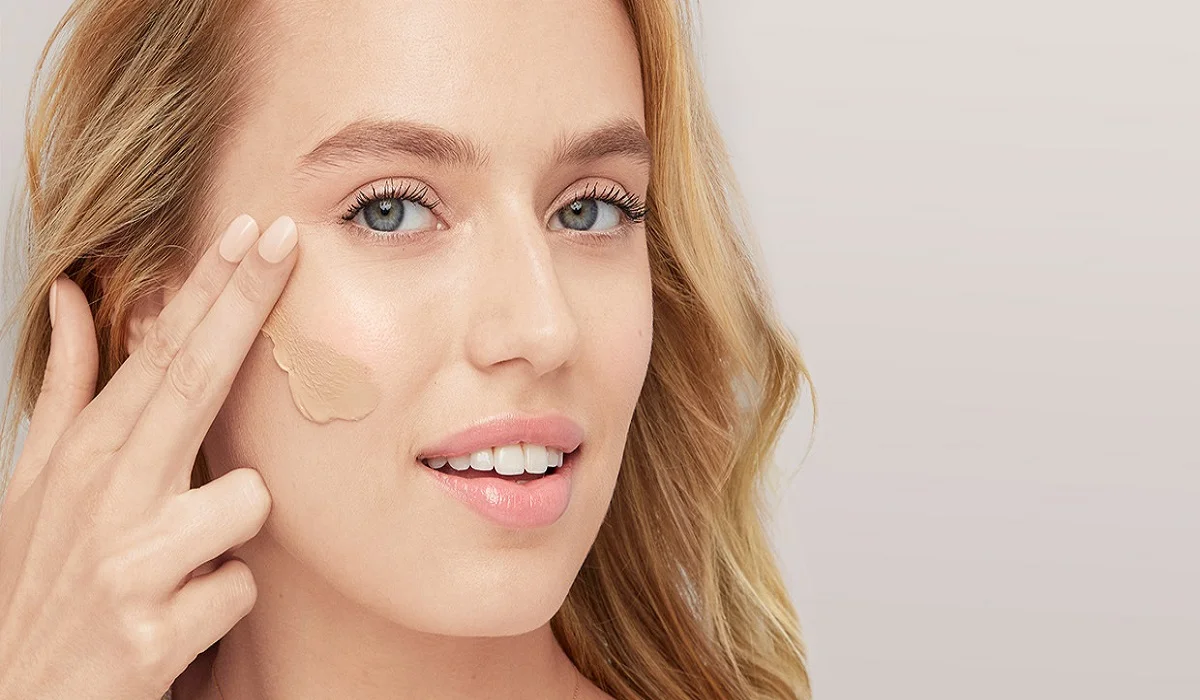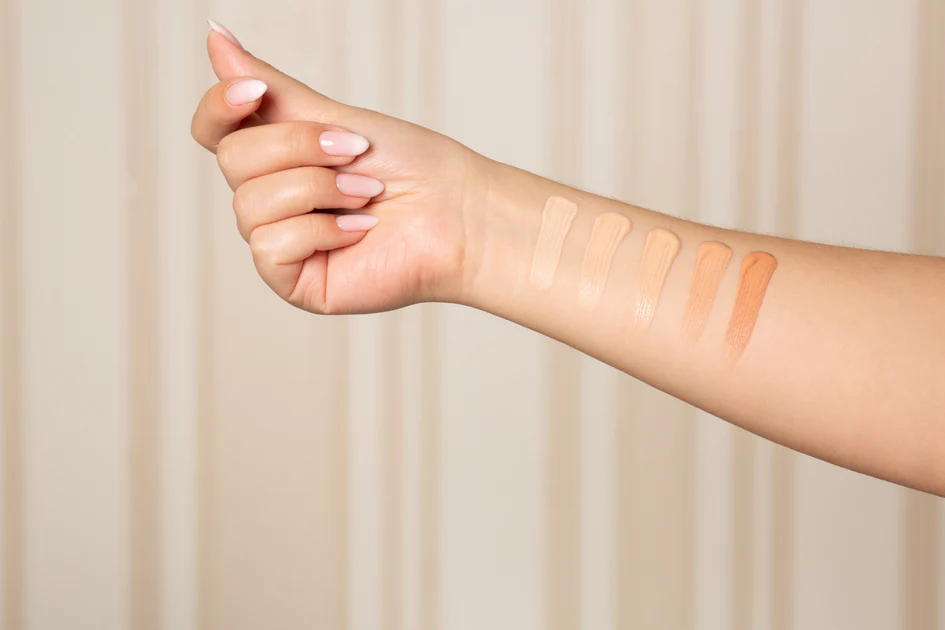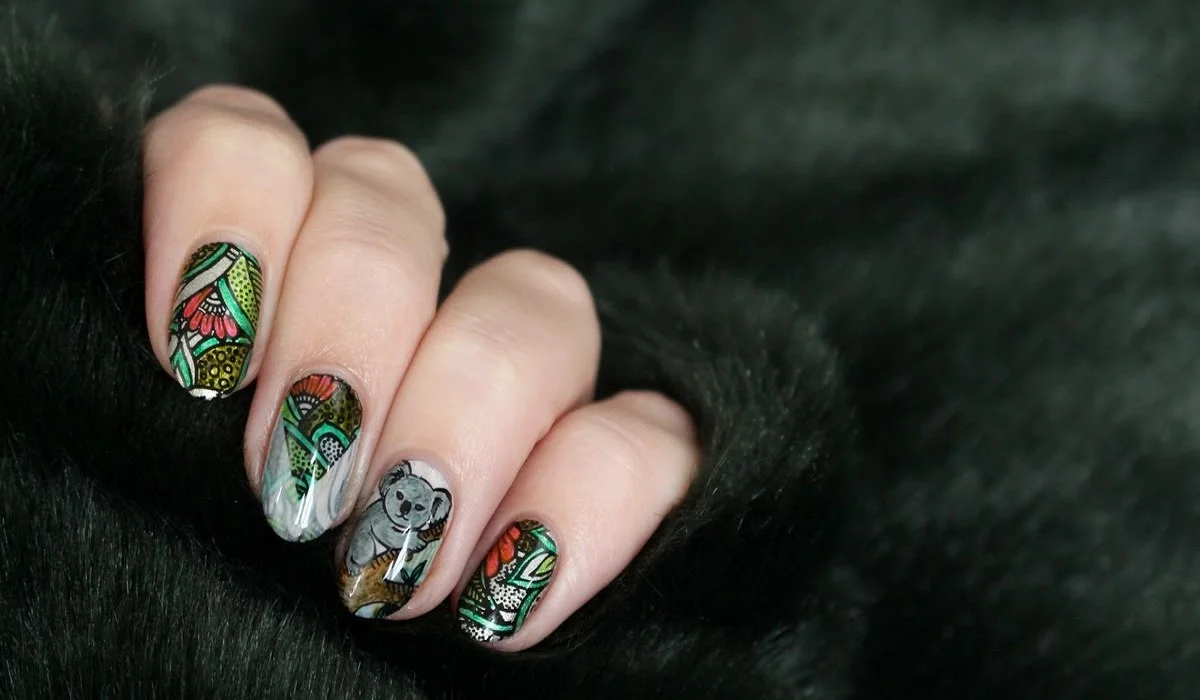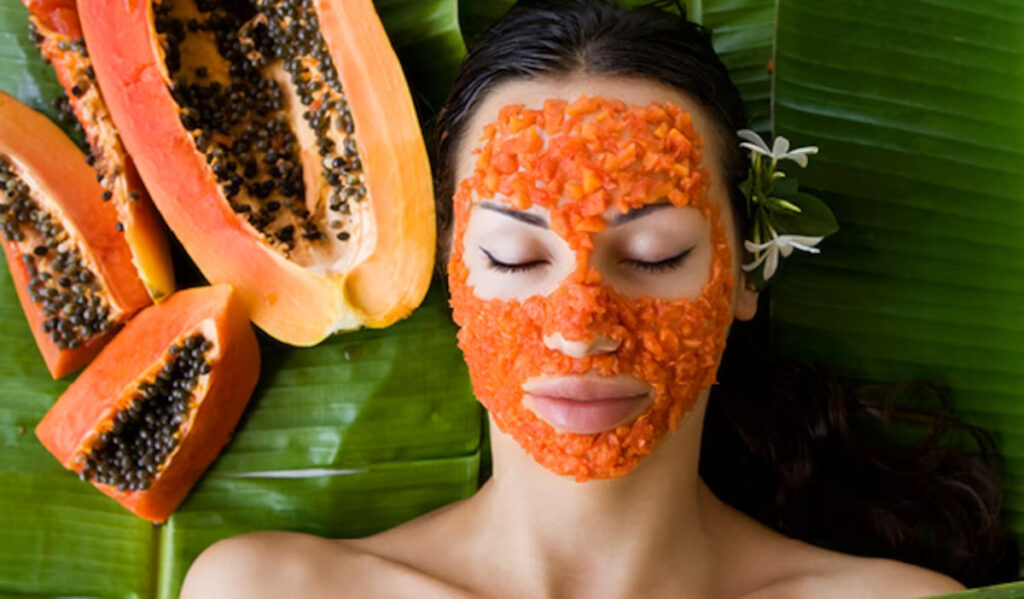
Papaya, also known as pawpaw, is a tropical fruit that is packed with essential nutrients and antioxidants that are beneficial for overall health. But did you know that papaya is also a superfood for skin? The enzymes and vitamins present in papaya make it an excellent ingredient for skincare products. In this article, we will explore the benefits of papaya for skin and how you can incorporate it into your skincare routine.
Papaya helps to exfoliate dead skin cells
The enzymes papain and chymopapain present in papaya are natural exfoliants that help to remove dead skin cells and unclog pores. Regular use of papaya-based skincare products can improve skin texture and make it smoother and softer.
Papaya promotes collagen production
Collagen is a protein that gives skin its structure and elasticity. As we age, our body’s collagen production decreases, leading to wrinkles and sagging skin. Papaya is rich in vitamin C, which is essential for collagen production. Regular use of papaya-based skincare products can help to boost collagen production, resulting in firmer and more youthful-looking skin.
Papaya reduces inflammation
Papaya contains an enzyme called papain, which has anti-inflammatory properties. This makes papaya an excellent ingredient for those with sensitive or acne-prone skin. Regular use of papaya-based skincare products can help to soothe inflammation and redness, leaving skin looking calm and even-toned.
Papaya brightens skin
Papaya is rich in vitamin A and alpha hydroxy acids (AHAs), which help to brighten and even out skin tone. AHAs are natural exfoliants that help to remove dead skin cells and reveal brighter, more radiant skin. Regular use of papaya-based skincare products can help to fade dark spots and hyperpigmentation, leaving skin looking brighter and more youthful.
Papaya hydrates skin
Papaya is a great source of water and nutrients, making it an excellent ingredient for hydrating the skin. Regular use of papaya-based skincare products can help to plump up the skin and reduce the appearance of fine lines and wrinkles. Additionally, the antioxidants present in papaya help to protect the skin from environmental damage, such as pollution and UV rays.
Papaya can help to treat acne
The antibacterial and anti-inflammatory properties of papaya make it an excellent ingredient for treating acne. Papaya-based skincare products can help to unclog pores, reduce inflammation, and kill acne-causing bacteria. Additionally, papaya contains vitamin C, which helps to fade acne scars and dark spots.
Papaya can soothe sunburned skin
Papaya contains enzymes that can help to soothe and heal sunburned skin. Applying papaya-based skincare products to sunburned skin can help to reduce inflammation, redness, and pain. Additionally, the hydrating properties of papaya can help to restore moisture to sun-damaged skin.

Incorporating Papaya into your Skincare Routine
Now that you know the benefits of papaya for skin, it’s time to incorporate it into your skincare routine. Here are some ways you can use papaya for glowing, healthy-looking skin:
Papaya face mask
You can make a DIY papaya face mask by mashing up a ripe papaya and applying it to your face. Leave the mask on for 15-20 minutes, then rinse off with warm water. This mask will help to exfoliate dead skin cells, brighten skin, and reduce inflammation.
Papaya enzyme exfoliator
Papaya enzyme exfoliators are a popular skincare product that contains papain and chymopapain enzymes. These enzymes work to gently exfoliate dead skin cells and unclog pores, revealing smoother and brighter skin. To use a papaya enzyme exfoliator, apply a small amount to damp skin and massage in circular motions. Rinse off with warm water.
Papaya toner
Papaya toner is a gentle and refreshing way to incorporate papaya into your skincare routine. Papaya toners typically contain papaya extract, witch hazel, and other soothing ingredients. To use a papaya toner, apply it to a cotton pad and gently swipe it over your face after cleansing.
Papaya moisturizer
Papaya moisturizers are an excellent way to hydrate and nourish the skin while also benefiting from the skin-loving properties of papaya. Look for a papaya moisturizer that contains hyaluronic acid and other hydrating ingredients for maximum benefits.
Papaya sunscreen
Papaya sunscreen is a great way to protect your skin from the harmful effects of UV rays while also benefiting from the nourishing properties of papaya. Look for a broad-spectrum sunscreen that contains papaya extract and other antioxidants for maximum protection.
Papaya is a superfood for skin that is packed with essential nutrients and antioxidants. The enzymes and vitamins present in papaya make it an excellent ingredient for skincare products. Regular use of papaya-based skincare products can help to exfoliate dead skin cells, boost collagen production, reduce inflammation, brighten skin, hydrate skin, treat acne, and soothe sunburned skin. So, next time you’re looking to upgrade your skincare routine, consider incorporating papaya-based products for healthy, glowing skin.

